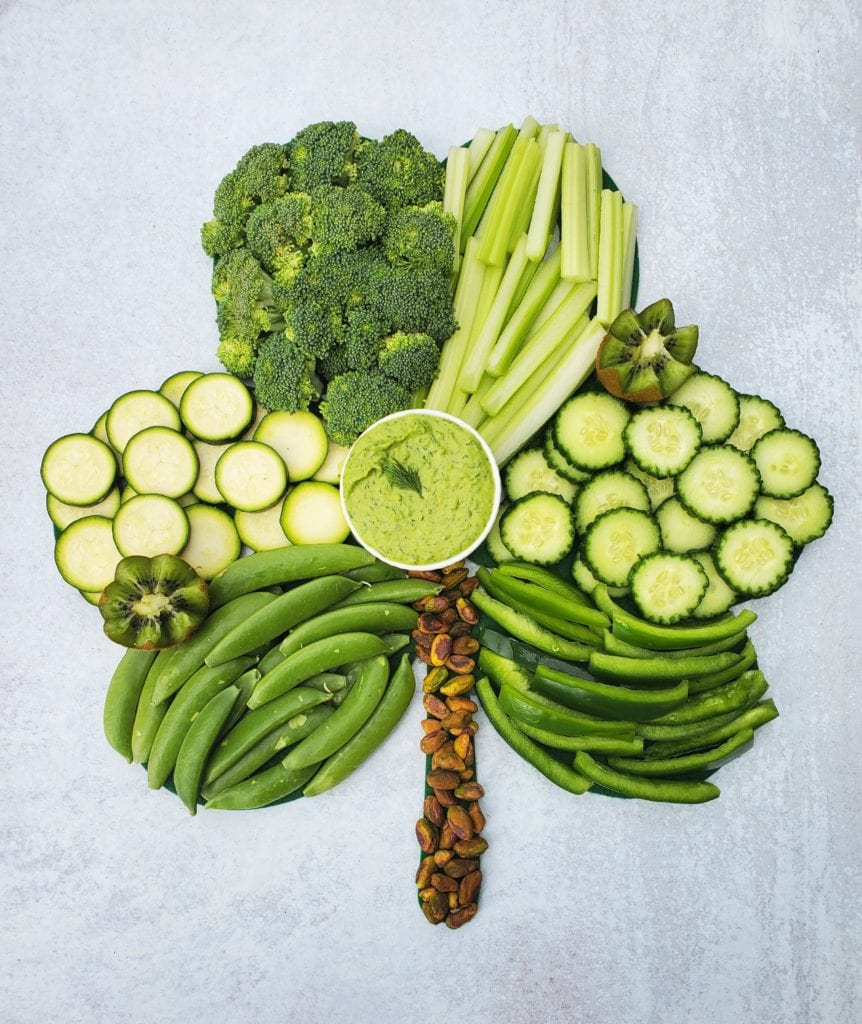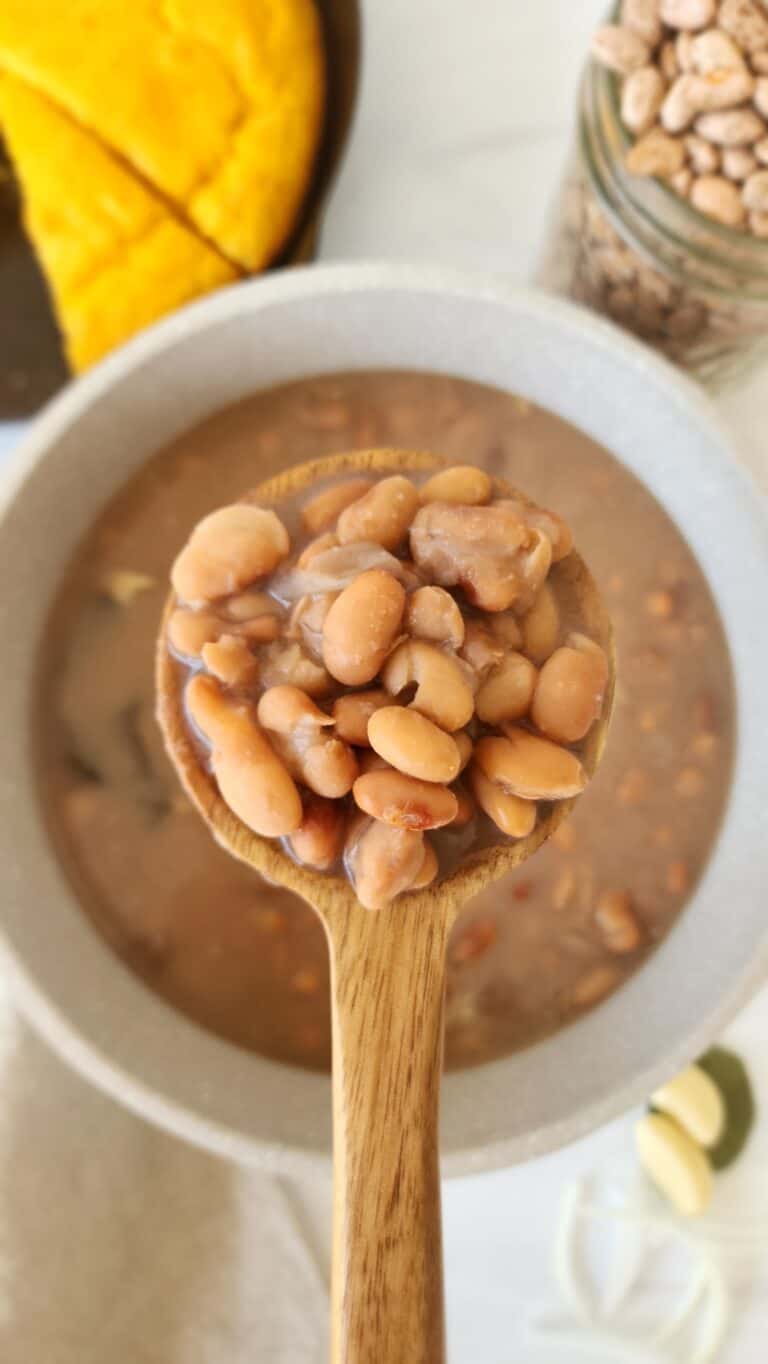Ways to Get Your Kids to Eat Better
I hear it in my office all the time – “how can I get my kid to eat more vegetables?” If you think you’re the only one having this problem, think again. It’s the most common complaint I get from parents. Here are a few suggestions to help you get your kids to eat a little better, & not just those infamous vegetables:
Make a schedule. Children need to eat every three to four hours: three meals, two snacks, and lots of fluids. If you plan for these, your child’s diet will be much more balanced and they’ll be less cranky, because they won’t be famished. The key is to make sure to plan ahead and bring food with you if you’re out and about. And by the way, this works for adults too.
Plan dinners. If thinking about a weekly menu is too daunting, start with two or three days at a time. A good dinner doesn’t have to be fancy, but it should be balanced: whole-grain bread, rice, or pasta; a fruit or vegetable; and a protein source like lean meat, cheese, or beans. The key is planning and not trying to decide at 5:00 what’s for dinner.
Don’t become a short-order cook. This is a bad habit to start and then an even harder one to stop – cooking a separate meal for the adults and a meal for the kids, just because you know they’ll eat it. I know you want your kids to eat, but this can become exhausting. The key is to make sure that there is at least one thing on the plate that you know the kids will eat. Never try to introduce two new foods at once. That’s what I call an epic fail. Sure you’re excited to try that new recipe out, but if there isn’t something familiar on the plate the kids will not eat it. Make one meal for everybody. Children will mimic their parents’ behavior, so make sure you and your spouse are both on the same page.
Bite your tongue. As hard as this may be, try not to comment on what or how much your kids are eating. Be as neutral as possible. Your job as a parent is to provide food that is balanced; your kids are responsible for eating them. If you play food enforcer – saying things like “Eat your vegetables” – your child will only resist. No one wants a fight at the table.
Introduce new foods slowly. Children are new-food-phobic by nature. They actually tend to like eating the same thing over and over (and no they don’t get bored easily. This is otherwise known as a food jag). Taste buds have to get used to a flavor before the kids actually begin to like the taste. A little hero worship can work wonders too. Next time your kid refuses to eat peas tell them that Lebron James eats his to stay big and strong. Your kid might just want to eat his peas the next time!
Dip it. If your kids won’t eat vegetables, experiment with dips. My nephews love to dip their food. I found a yogurt-based ranch dressing that isn’t full of fat and won’t bother my brother if all they do is lick the dressing off and won’t eat the carrot (of course that’s the ultimate goal, but there are times when all they do is lick the dressing off and don’t eat the carrots. It’s what kids do!) You can also try hummus, salsa, or even experiment and make up your own!
Make mornings count. Most families don’t eat enough fiber on a daily basis, and breakfast is an easy place to sneak it in. Look for high-fiber cereals for a quick fix. Or, do what I do and make-up batches of whole-grain pancakes that can last all week (I am a kid at heart J). For a batch that serves 6 (2 pancakes a piece), sift together ¾ cup all-purpose flour, ¾ cup whole wheat flour, 3 Tbsp. sugar, 1 ½ tsp. baking powder, ½ tsp. baking soda, ½ tsp. salt. Next mix 1 ½ cups buttermilk, 1 Tbsp. vegetable oil, 1 large egg, and 1 large egg white. Combine the liquid ingredients with the dry ingredients and there you’ve got your homemade pancake batter! If you want to make up extra, they freeze well too!
Get Kids Cooking. If your kids become involved in choosing or preparing meals, they’ll be more interested in eating what they’ve created. Take them to the store, and let them choose the produce for you. If they’re old enough, allow them to cut up vegetables and mix them into a salad. Kids take ownership in things that they’ve made. The odds are higher that they’ll try it if they’re involved in the process.
Cut back on junk. Remember, you – not your kids – are in charge of the foods that enter the house. By having fewer junk foods around, you’ll force your children to eat more fruits, vegetables, whole grains, and dairy products. What’s available is what they’ll go for, so make your house stocked full of healthy options.
Allow treats. Having less healthy foods occasionally keeps them from becoming forbidden – and thus even more appealing. The problem with treats is that kids are so used to having these daily that they expect a treat daily. A treat is supposed to be exactly that, something to look forward to, not an everyday item. Candy, soda, and cookies can be “sometimes” foods. Eating out at a fast food restaurant of their choice every so often can be allowed. It’s truly about balance and moderation.
Have fun. The more creative the meal, the greater variety of foods kids will eat. You can make smiley-face pancakes and you can give foods silly names (broccoli florets can be “baby trees”). Anything mini is always a hit with kids as well. You can use cookie cutters to turn toast into hearts and stars, all things kids will love.
Be a role model. If you’re constantly on a diet or have erratic eating habits, your kids will grow up thinking that this sort of behavior is normal. Be honest with yourself about the kinds of food messages that you’re sending. Trust your body to tell you when you’re hungry and when you’re full, and your kids will learn to do the same. I must mention this here as well, if one parent is not eating vegetables, the odds are your kids will not want to eat them either – Monkey see, monkey do. Again, be a good role model. If vegetables are not your thing either, find a new one to try all together. I challenge kids when they say they don’t like vegetables. There’s no way they’ve tried them all and they just need to focus on the ones that they do like versus thinking that they like none.
Adjust your attitude. Realize that what your kids eat over time is what matters. Some parents get upset at the dinner table when their kids aren’t eating the foods that they’ve prepared. Don’t get caught up on focusing on just one meal. Look at the whole day of everything that they’ve had to eat. And even more broad, look at the whole week versus focusing on just one day. Kids will eat when they’re hungry. The key is offering the meals at set times as well as snacks. This way even if they don’t eat that much at dinner (because it just wasn’t their favorite) a snack before bedtime is important to help provide extra nutrients the kids need (and again if they’re hungry, they’ll eat!)
I made mango chia seed pudding with my nephew earlier. After he wakes up from his nap we’ll see if he eats it or gags in protest.







